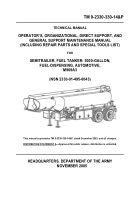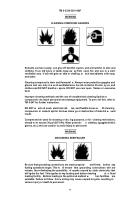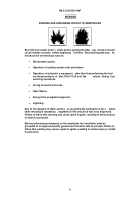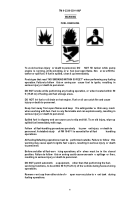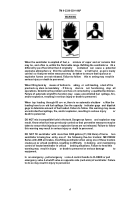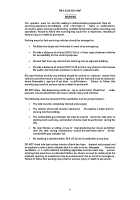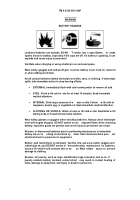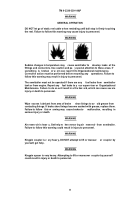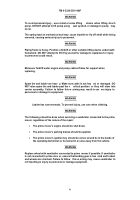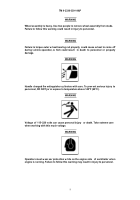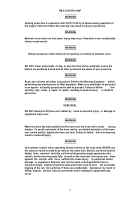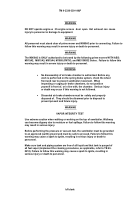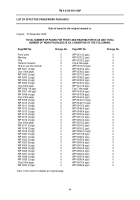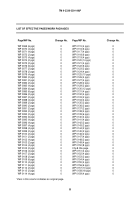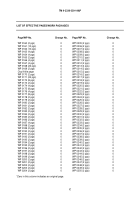TM-9-2330-330-14-P - Page 7 of 1116
TM 9-2330-330-14&P
e
WARNING
The operator must be alert for leaking or malfunctioning equipment. Stop all
servicing operations immediately at th e first sign of
leaks or malfunctions.
Corrective action must be performed by qualified technicians before resuming any
operations. Failure to follow this warning may cause fire or explosion, resulting in
serious injury or death to personnel.
Parking areas for fuel-servicing vehicles should be arranged to:
•
Facilitate the dispersal of vehicles in event of an emergency.
•
Provide a distance of at least 25 ft (7.62 m) of clear space between vehicles
for accessibility for fire control purposes.
•
Prevent fuel from any vehicle from draining into an adjacent building.
•
Provide a distance of at least 50 ft (15.25 m) from any structure that houses
the public and may have windows or doors in exposed walls.
All vapor-freeing work by any method should be carried on outdoors, remote from
vehicles and other know n sources of ignition, and the fuel tank must be stationed
where flammable v apors w ill not blow or drift indoors.
Failure to follow this
warning may result in serious injury or death to personnel.
DO NOT allow fuel-dispensing nozzle sp ray to contact skin. Diesel fuel
under
pressure can penetrate flesh and cause serious injury and infection.
The following must be observed if the semitrailer is to be moved indoors:
•
The tank must be completely drained and purged.
•
The interior of the tank must be checked w
ith explosiv e meter prior to
moving into the building.
•
The combustible gas indicator set must be used to
check the tank prior to
starting work each day, and random checks must be performed during the
day.
•
No open flames, w elding, or use of heat-producing dev ices is permitted
near the tank during maintenance unless the tank tests safe w
ith the
combustible gas indicator set.
•
No smoking is allowed within 50 ft (15.25 m) of semitrailer at any time.
DO NOT climb into tank unless interior of tank has been
drained and purged and
an explosiv e meter check indicates that it is safe to do so. Adequate
forced-air
ventilation or a self-contained breathing apparatus must be used. Any
person
entering tank must have an attached lifeline. An observ er must be stationed at the
manhole opening so assistance may be summoned in the ev ent of an emergency .
Failure to follow this warning may result in serious injury or death to personnel.
Back to Top

